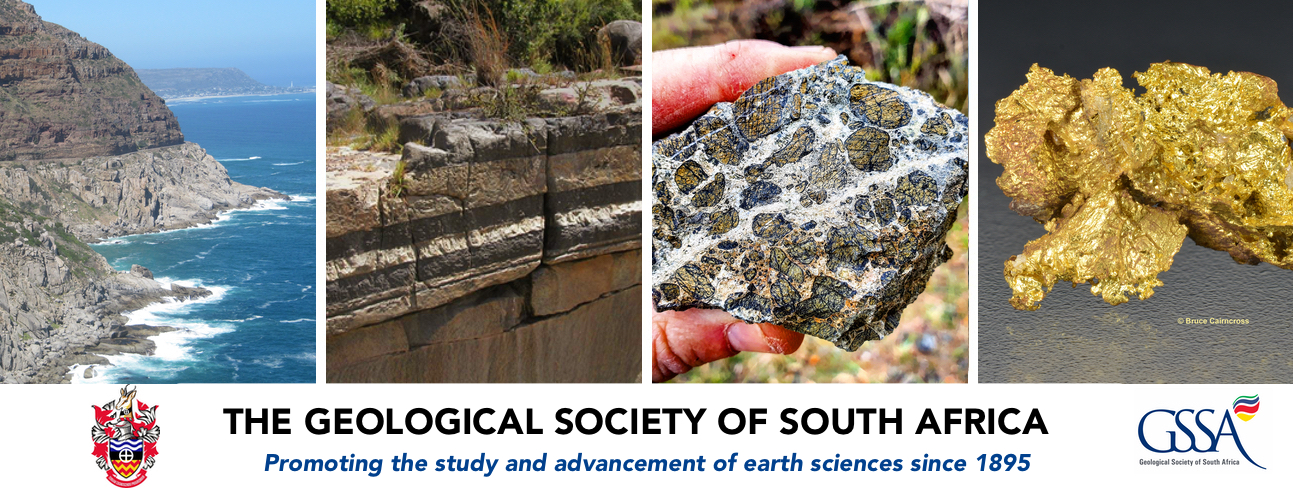Up to ten midtier mineral deposits can still be discovered in South Africa – John Bristow
MiningWeekly reports that DrJohn Bristowbelieves thatthere is no reason whySouth Africacannot build anexplorationandjunior mining sector. Bristow notes that, while the country still has vestiges of this sector, it is hampered by regulatory policy and a preoccupation with a ‘sunset’miningindustry.
Speaking at the Geological Society ofSouth Africa’sExplorationShowcase, held inJohannesburgin November, he went so far as to suggest that, as the country’s old orebodies are becoming depleted within the vacuum of a lack of new visible potential, this has led to a zero-sum game which is detrimental to all stakeholders and, subsequently, a surfeit of reasons for the replacement of mined-out ore bodies.
“There are smaller deposits that can be developed. Let us put enabling policy into place, which will encourage exploration and junior development, thereby creating real ownership opportunities for black entrepreneurs,” he urged. While Bristow suggested that another Witwatersrand basin or Bushveld Complex may not be found, he reiterated that South Africa’s “geological and minerals jewel box” remains underexplored and is confident that six to ten midtier deposits could be found.
He further believes that, with the nurturing of proper entrepreneurs and proper ownership in exploration and in junior company development, the country could start transforming its current mining industry into a healthy minerals industry. “Juniors should represent the backbone of a healthy industry . . . a healthy industry consists of exactly that . . . a positive synergy between entrepreneurs, junior explorers (to discover new assets) and developers . . . and senior miningcompanies,” Bristow said, citing Australia as an example. He highlighted Australia’s success, with the country currently boasting 600 listed companies involved in exploration, development and mining worldwide, with good access to information and capital. Most of these smaller junior and midtier companies find and develop small and midtier deposits, leading to the development of new ownership, mines and employment across the globe, said Bristow. “That would be an example that we should be encouraging here in South Africa,” he added, also highlighting the successful mineral development models of West Africa, Canada, Chile and Peru, which have a robust and competitive mix of junior and senior minerals companies, exploring and discovering new orebodies of small and large size.
He emphasises that South Africa should be considering renewed exploration and the role of junior companies, thereby emulating the successful approach to minerals development followed by other jurisdictions. “We can learn from countries that have done extremely well in spite of their historical challenges – a good example being Peru,” he said. He also noted that, while Australia and Canada have 600 and 231 listed minerals companies respectively, “locally, we only have 22 active and truly South African JSE-listed companies, all of which have a market cap of less than $10-billion. Regrettably, there are also no junior explorers and developers of note in this group of 22,” he said.
Further, South Africa is lagging amid a slow recovery in international exploration and mine development. Highlighting extensive research done by MinEX ConsultingMD Richard Schodde, Bristow noted that, on average, 50 to 60 mineral deposits a year are discovered in the western world, with junior companies making 50% to 60% of these discoveries. Key for Bristow is that South African explorers and juniors could assist in creating “real ownership, 100% black-owned companies, a project pipeline that unlocks new mineable assets, as well as . . . new jobs and opportunities for black business”.
“Junior companies can ensure that mineral project pipelinesare maintained,” Bristow added. Further, he reiterated that South Africa might potentially no longer have a mining industry of consequence within as little as five years, if the current hostile regulatory environmentcontinued. “Let us start looking beyond the mining industry and . . . get rid of this fixation with mining, which has become a dinosaur trapped in an old paradigm,” Bristow said, suggesting that to transform mining into a successful minerals-orientated industry, there should be a renewed focus on the basics. To restructure the current mining industry, he suggested the need for exploration by entrepreneurs to discover new deposits and revive old assets; simple, sensible and practical mineral policy, similar to that applied, for example, in Botswana and Mozambique; transparent mineral rights management; a ‘use it or lose it’ management of these rights in accordance with the original African National Congress plan; real-time access to information; and, importantly, transformation and a five-year plan driven by enlightened and progressive leadership.
“South Africa has a treasure trove of untapped geology and mineral wealth, a wealth of entrepreneurs and skills, and a huge range of leading-edge internationally recognised mineral development companies and service providers,” Bristow emphasised, concluding that these attributes and strengths could be developed for the benefit of all.

